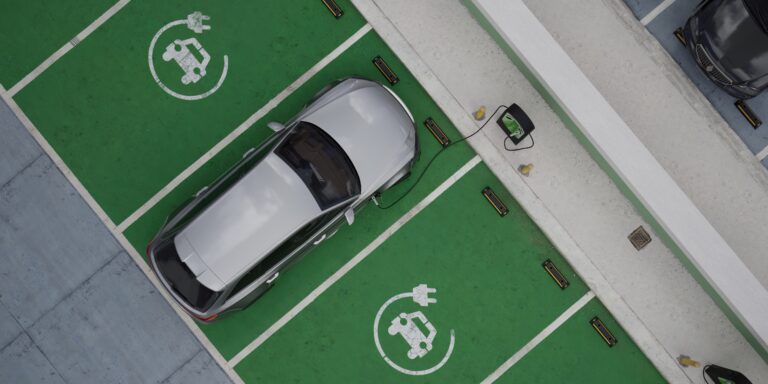When Kerry Dunstan and his partner began shopping for an electric car this summer, one question came first: “How’s the battery?” They soon found a 2021 Nissan Leaf with 29,000 miles. The dealer said its state of health (SOH) was around 93%. That was enough for them. For £12,500, they bought a roomy, affordable electric car that suited their needs.
Dunstan, a cabinetmaker who also owns a flashier electric Volvo SUV, admits he hasn’t fallen for the Leaf. “I like sporty, jazzy cars – and it’s just a bit ‘meh’,” he says. Still, he’s pleased with how it performs. “It does exactly what I expected,” he adds.
Why battery condition now decides the deal
Used car buyers once checked only age and mileage. But in the age of electric vehicles, battery health is what matters most. Buyers want to know how it’s been used and charged. Frequent fast charging to 100% can wear it out more quickly.
This uncertainty makes some drivers cautious about second-hand EVs. Yet new analytics companies say they can now measure battery condition precisely. Industry experts also note that many electric cars last longer than early forecasts suggested.
Take Dunstan’s Leaf. It lacks the advanced liquid cooling system found in many modern EVs. Nissan solved this issue in newer models, but earlier Leafs often lose range faster, according to US firm NimbleFins. Dunstan isn’t worried. “I charge both my EVs to 100% when I need to,” he says. “I don’t think twice about it.”
Technology that uncovers the battery’s truth
Austrian firm Aviloo says it can take the guesswork out of buying a used EV. “We can independently determine the state of health of a battery,” says Patrick Schabus, the company’s chief product officer. Aviloo supplies battery health certificates for British Car Auctions and offers two testing methods.
The premium test uses a small device about the size of a glasses case. Drivers plug it into their car and use it for several days while it tracks performance from full charge to 10%. The quicker “flash test” takes less than two minutes. It reads the battery’s software data and analyses it with a computer model.
The detailed version measures voltage and current changes and reveals the condition of individual battery cells. Chief executive Marcus Berger says Aviloo’s readings often differ from what cars report themselves. He rejects the belief that a battery below 80% SOH is worthless. “An EV with 75% SOH can still be a great car – if priced right,” he says.
What EV owners are discovering
In New Zealand, Lucy Hawcroft remembers buying her Nissan Leaf three years ago. The dealer said its battery had about 95% health. A year later, an independent mechanic checked again and found a drop. “My husband was a bit surprised,” she says.
Even so, the car still drives about 160km on a full charge. The couple mainly use it for short trips under 10km. “Some of my friends get 400km,” she says. “That would be ideal.”
At Cleevely Electric Vehicles in Cheltenham, detailed battery checks are now standard practice. “Most customers ask for it,” says sales director David Smith. The company uses ClearWatt’s independent SOH reports. “We can’t change the results,” he explains. “Once customers see the report, it helps nine out of ten sales.” Managing director Matt Cleevely adds that replacing a few modules can often fix problems far cheaper than fitting a new battery.
Smarter charging and longer battery life
How should drivers charge their EVs to protect the battery? Stanford University researcher Simona Onori says balance is key. “There’s probably a sweet spot between frequent fast charging and avoiding it altogether,” she says. But scientists still need to study that range more closely.
Battery technology itself has improved rapidly. Max Reid, head of battery costs at CRU, says older EV batteries managed about 500 to 1,000 charge cycles. “Now, some of the latest designs reach 10,000 cycles,” he says.
Even when a battery no longer fits in a car, it can still serve another purpose. Paul Chaundy from Second Life EV Batteries in Dorset says many firms reuse old EV batteries for energy storage. Some use them to charge electric forklifts when their grid can’t handle multiple chargers.
Chaundy also calls for more consistent standards across the industry. “We need clear, shared methods to measure battery health,” he says.


